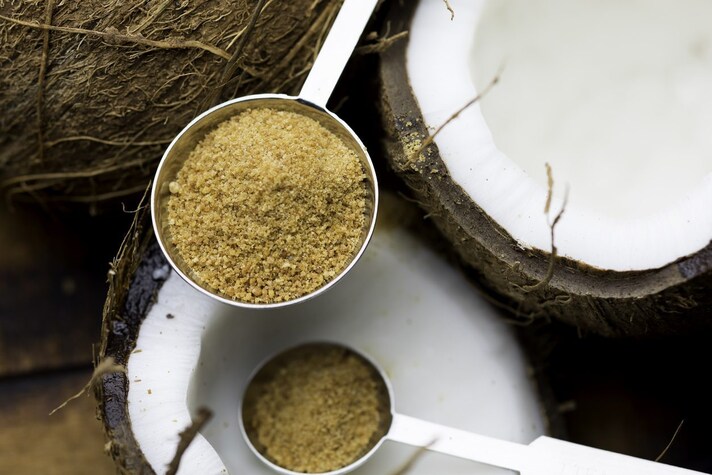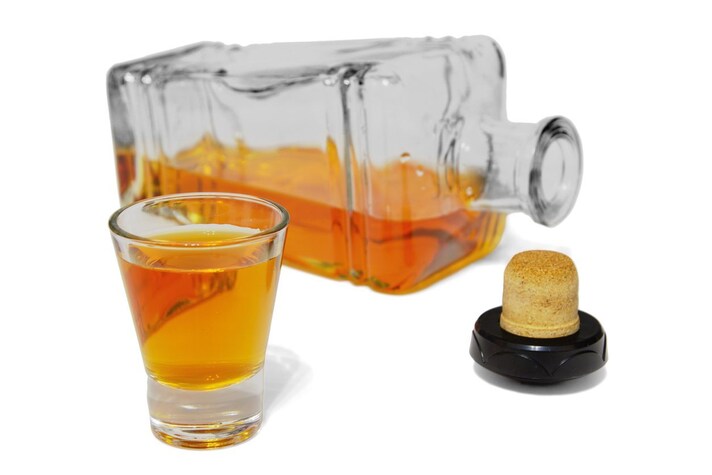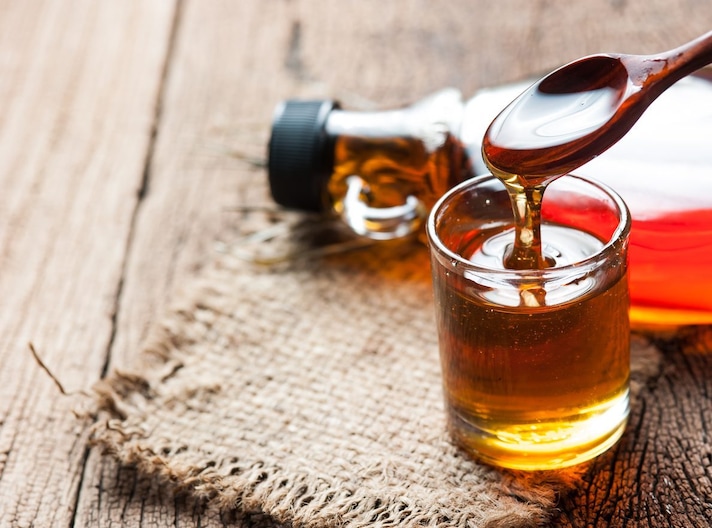How to replace sugar: 9 natural alternatives to sweeten drinks and desserts
Here are 9 possible sugar substitutes and the quantities to sweeten drinks and desserts in the correct way.
;Resize,width=742;)
We always see granulated sugar white in color, but in reality at its "natural" stage the sugar deriving from the beet is not like that at all. To become so white, in fact, sugar undergoes a series of industrial refining processes, through the use of acids and dyes: the consequence is the loss of most of its nutritional properties, making it in fact quite harmful to our health.
Another factor to underline is that granulated sugar is considered responsible, together with other factors, for diseases such as obesity, diabetes or hyperglycemia. What to do then, give up and eliminate sugar from our diet? What about all our desserts recipes? Do not worry: just replace it with aromas and natural foods that, for the same taste, are less harmful to our body, so as not to give up the taste and our sins of gluttony. Here are 9 possible sugar substitutes and the quantities to sweeten drinks and desserts in the correct way.
1. Brown sugar (whole or slightly refined)

Certainly the best known and most popular substitute for white sugar, raw cane sugar has a dark color and a fairly moist consistency. On the market there are two forms of brown sugar: whole and slightly refined. If in doubt, it is better to choose the former one which has undergone less processing than the latter one. Excellent to be used not only in coffee but also in pastry-making: just use the same quantities reported for white sugar.
2. Coconut sugar

A product derived from the sap of the coconut palm which is extracted, boiled and then crystallized. Coconut sugar has a slightly sweeter flavor than brown sugar although very similar in appearance. It has the same calories as white sugar but, be careful, it is not refined. Two fundamental characteristics make it a perfect substitute for granulated sugar: despite its name, it does not taste like coconut and it does not lead to an increase in the glycemic index.
3. Fructose

Fructose is a natural sweetener that can be found in fruit and honey, as well as in some vegetables. It can be used to replace sugar in any type of preparation, but attention must be paid to one of its characteristics: in fact, fructose sweetens about 20% more than white sugar. The equation is simpler than expected: in desserts, for example, 100 grams of white sugar will be replaced with 80 grams of fructose.
4. Honey

Honey is not only an excellent substitute for sugar but it is also a natural energy food, rich in beneficial properties for our body. On the market we can find acacia honey, wildflower honey or chestnut honey and they are all excellent substitutes for sugar. Honey is also particularly suitable for those who carry out physical activities but not for kids, because it could cause tooth decay. To prepare homemade donuts and plum cakes with honey, the quantities to be respected are 80 grams of honey per 100 grams of sugar.
5. Malt

Product deriving from the germination of corn or barley, malt sweetens slightly less than granulated sugar, but it is widely used to replace it, especially in the preparation of drinks, biscuits (especially malt corn) and ice cream. The rule to follow for the right proportions is to use 50% more malt than the recommended dose of sugar.
6. Molasses

Derived from the processing of white sugar and cane sugar, molasses has a very dense liquid consistency and a sweetening power greater than granulated sugar. Not very easy to find in our supermarkets, it will be used with a proportion of 80 grams per 100 grams of sugar especially in some recipes.
7. Apple syrup or grape syrup

Through a fermentation process the juice or syrup of apples and grapes is obtained, these foods are particularly rich in fructose, a substance that, as we have seen, has a sweetening power very similar to granulated sugar. To use apple syrup or grape syrup for the preparation of homemade desserts, the proportion to follow is 80 grams of syrup per 100 grams of sugar.
8. Maple syrup

We are used to thinking of maple syrup only on some soft pancakes, but not everyone perhaps knows that this syrup, produced by processing the sap of the maple, is rich in iron, vitamins and sucrose: it is perfect as a substitute for the classic white sugar. Its delicate flavor reminiscent of honey makes it particularly suitable for the preparation of desserts and donuts.
9. Stevia

A plant of South American origin, stevia is a very powerful sweetener that can also be consumed by those people who suffer from diabetes. Now widely used and easy to find on supermarket counters, stevia sweetens up to 300 times more than granulated sugar thanks to its active ingredient, stevioside. Excellent for sweetening drinks or recipes, stevia has a quite considerable advantage: it is calories-free.
;Resize,width=767;)
;Resize,width=712;)
;Resize,width=712;)

